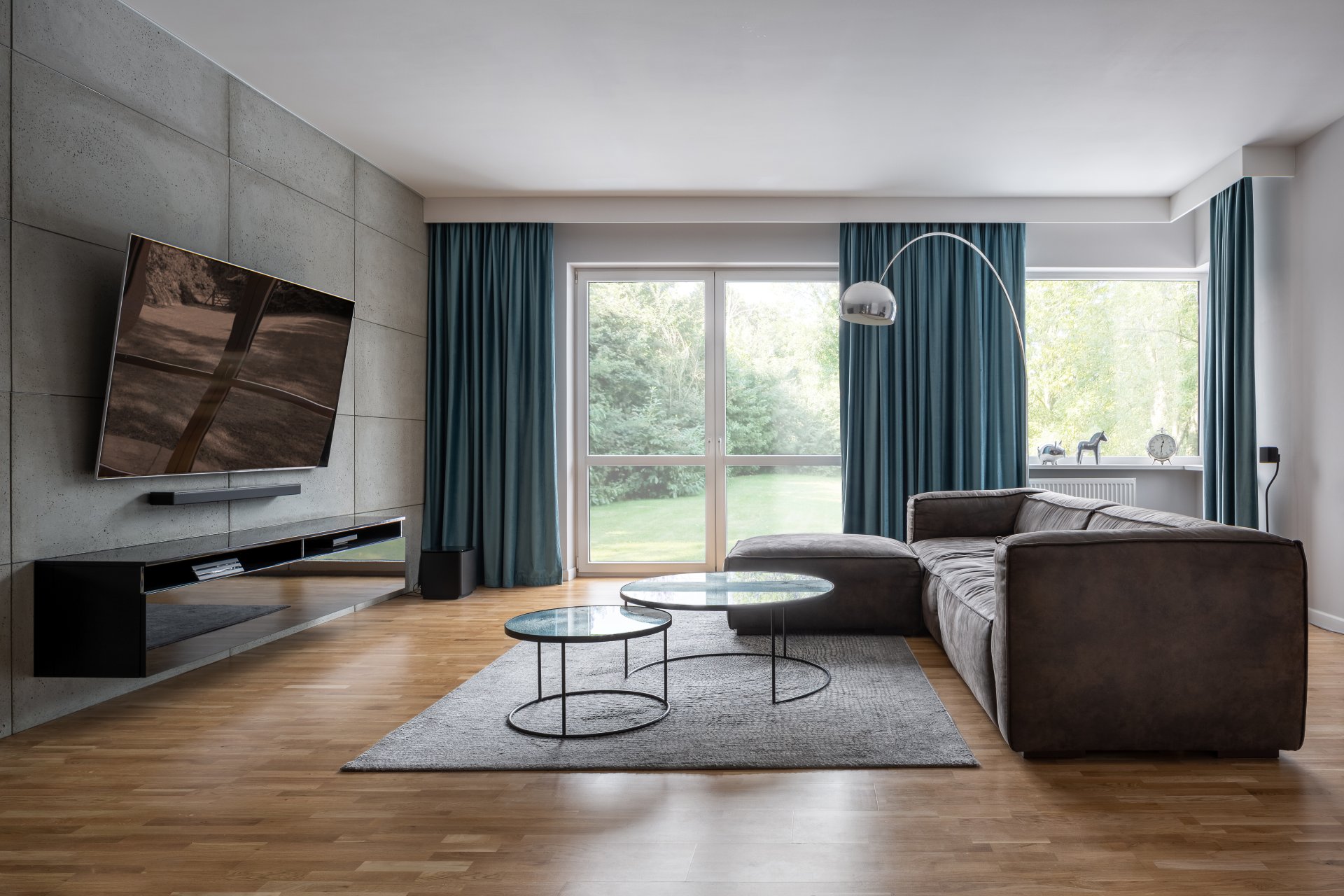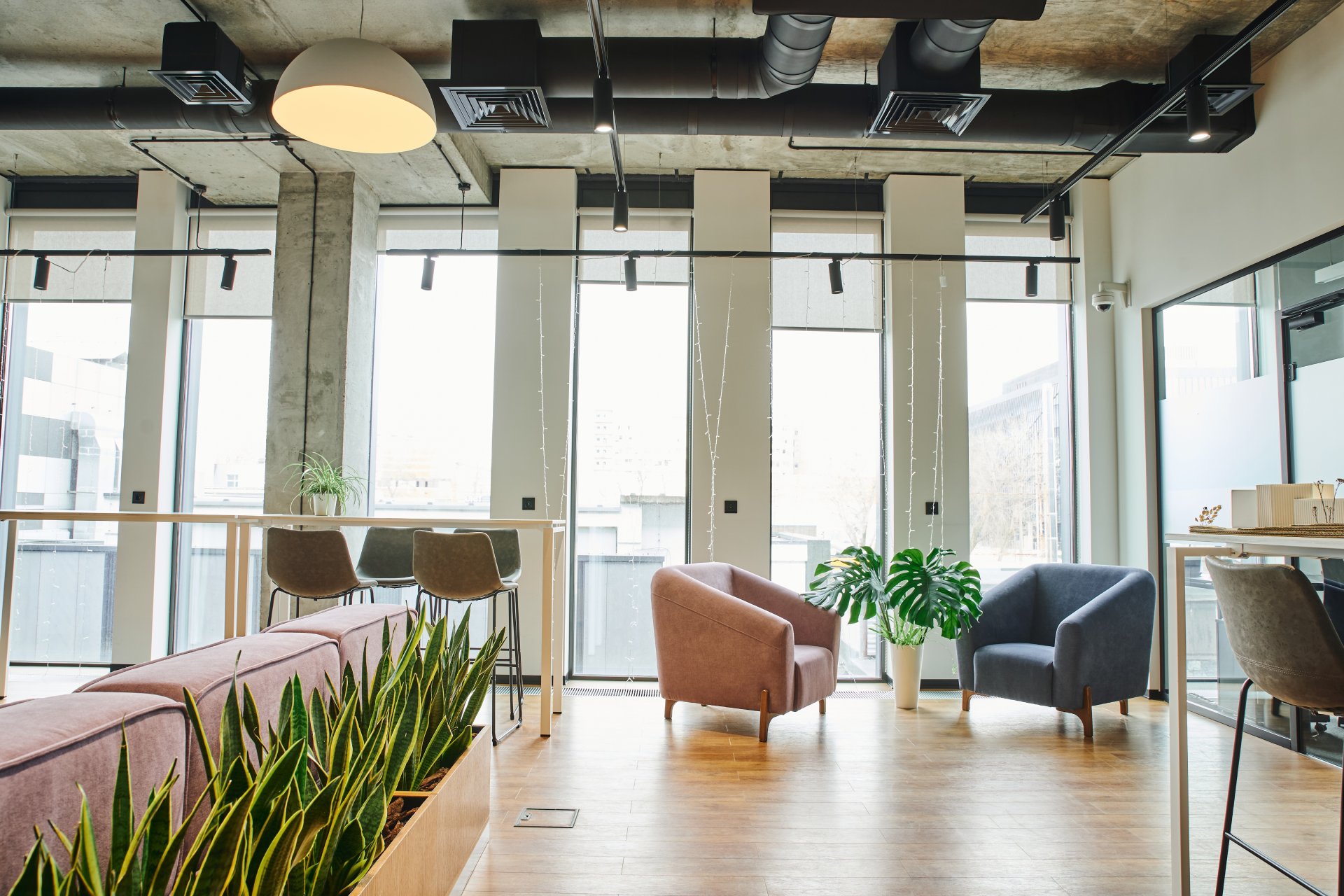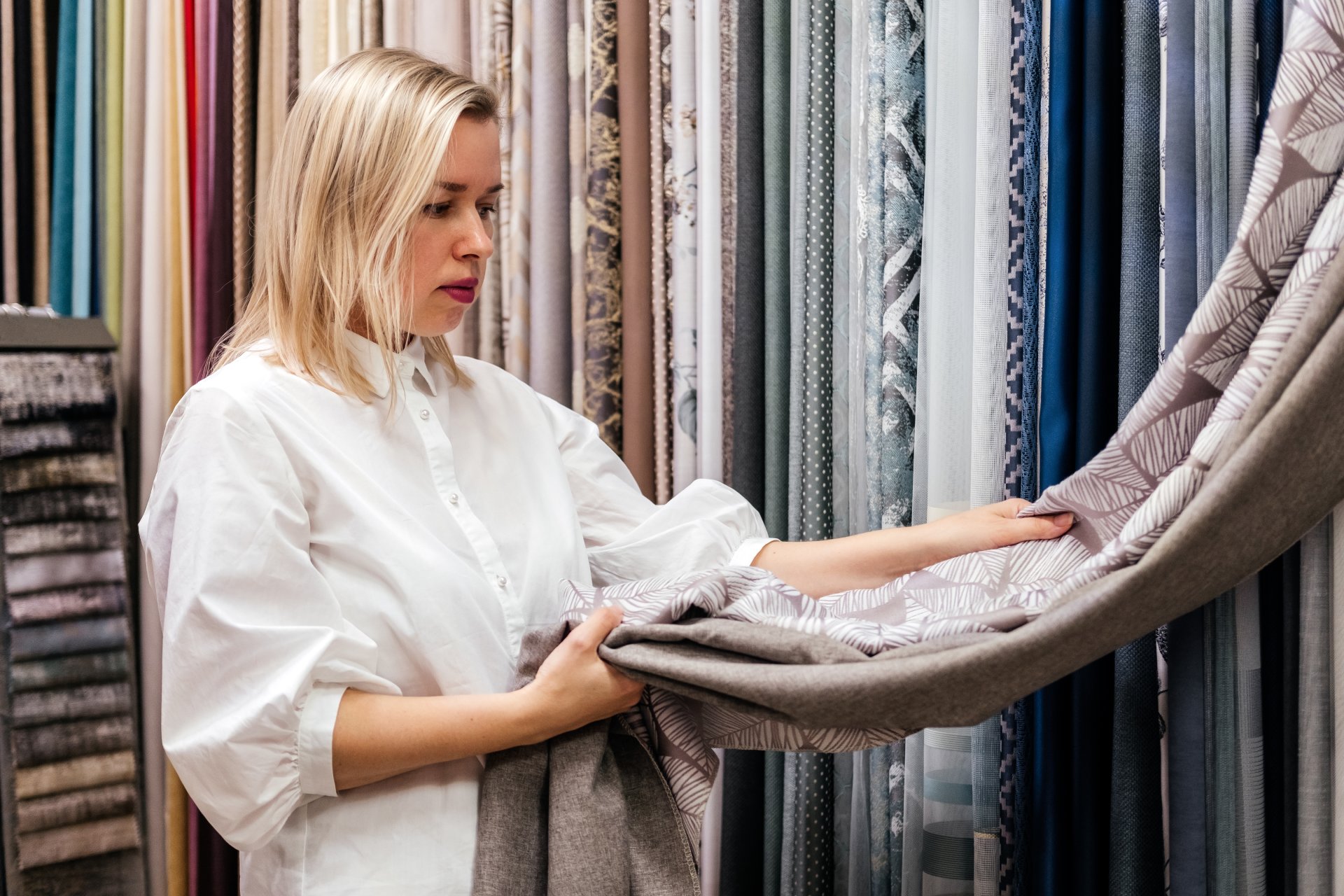Corner windows are one of the most striking architectural features in modern homes and commercial buildings. They maximise views, increase natural light, and open up interiors in ways that standard flat windows cannot achieve. However, dressing these windows with curtains is rarely straightforward. Angles, junctions, and varying wall depths present challenges for both aesthetics and function. Off-the-shelf options seldom provide a seamless solution, which is why custom tracks and Australian made curtains are essential for achieving a professional finish.
Here’s a guide on how to design, specify, and install curtains for corner windows, from track systems to fabric choices, so that the result enhances both the architecture and the lifestyle of the people using the space.
The Challenges of Corner Windows
Corner windows combine two or more panes of glass that meet at an angle, sometimes without a supporting column in between. While beautiful, they bring specific design hurdles:
- Angles and Joints: The transition between two tracks must be smooth so curtains can move freely without snagging.
- Light and Heat Control: Corner windows often admit more light and heat due to multiple exposures. Curtains must be planned to manage glare and insulation.
- Privacy: The openness of corner glazing can compromise privacy, particularly in urban or high-density areas.
- Symmetry and Balance: Uneven drops or poorly matched fabrics can make the corner look cluttered or unfinished.
Custom-made curtain tracks and made-to-measure curtains allow you to solve these issues without compromising the architectural appeal.
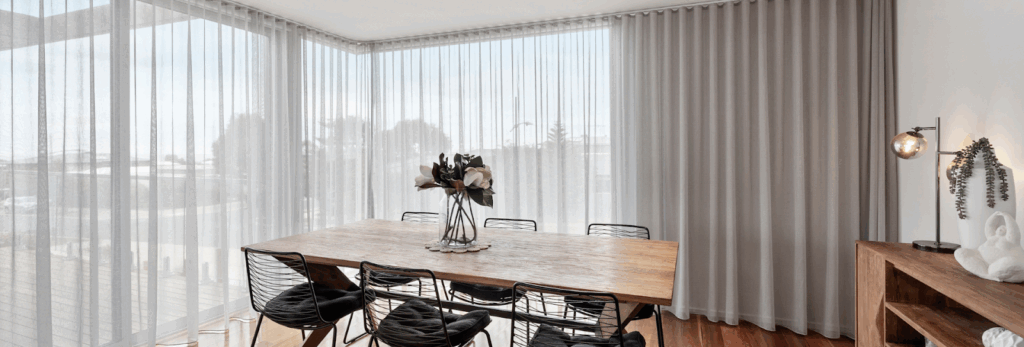
Choosing the Right Track System for Corner Windows
The curtain track system is the foundation of any successful corner window treatment. For corners, precision in design and manufacture makes the difference between a flawless installation and one that frustrates.
1. Bendable Aluminium Tracks
Aluminium tracks can be bent to precise angles, accommodating both inside and outside corners. This allows curtains to glide smoothly around the junction. High-quality tracks are reinforced to prevent warping under the weight of heavy drapery.
2. Corner Join Systems
Some track systems use purpose-made corner joins that connect two straight lengths. These joins are engineered to maintain strength while allowing curtain carriers to move freely across the angle.
3. Double Track Systems
When layering sheers with blockouts, a double track ensures flexibility. Sheers soften light during the day, while blockouts add privacy and insulation in the evening. Careful planning is needed at the corner junction so both layers operate independently without interference.
4. Ceiling-Recessed Tracks
Recessed systems hide the hardware within the ceiling for a minimal look. This is particularly effective in open-plan designs where you want the curtains to float from ceiling to floor without visual interruption.
5. Motorised Systems
For large corner windows, motorisation provides effortless control. Tracks can be linked so that curtains open from both sides and meet neatly at the corner or draw away entirely to reveal the view.
Curtain Opening Styles for Corner Windows
How curtains open and stack has a significant effect on both practicality and design.
- Meet in the Corner: Curtains draw from each side and meet at the angle. This creates a symmetrical, formal look but requires precise track alignment.
- Single Continuous Curtain: A single curtain spans the entire corner, gliding across both panes. This avoids a seam at the corner and works well with bendable tracks.
- Asymmetrical Stack: In some designs, curtains may stack to one side of the corner to leave a pane uncovered. This works well if one side of the window frames a feature view.
- Split Stack: Curtains on each side draw away from the corner to opposite ends. This allows full exposure of both panes while keeping the corner visually clear.
Each option must be matched with the room layout, furniture positioning, and the user’s preference for light and privacy control.
Curtain Fabric Considerations for Corners
Fabric choice becomes even more important when working with corner windows. The scale of the glazing, the way light enters, and the junction between panels all influence the outcome.
1. Fabric Weight and Drape
For smooth operation, avoid fabrics that are too heavy for the track system. Lightweight sheers flow well around bends, while blockouts should be supported by reinforced tracks.
2. Pattern Placement
Large-scale patterns can be difficult to align across a corner. Solid colours or subtle textures create a more seamless transition between panes. If patterns are chosen, ensure professional cutting and sewing to maintain symmetry.
3. UV Stability
Corners often receive light from multiple directions, intensifying exposure. Fabrics with UV resistance prevent fading and extend lifespan. Polyester blends and treated natural fibres perform well in these conditions.
4. Acoustic and Thermal Performance
Double-height corners or open-plan rooms may suffer from echo or heat gain. Choosing fabrics with acoustic properties or adding linings can improve comfort. Thermal linings help regulate temperature, improve energy efficiency, and protect interiors from heat loss in winter.
Looking for fabric samples? Get free curtain fabric samples from leading brands delivered to you.
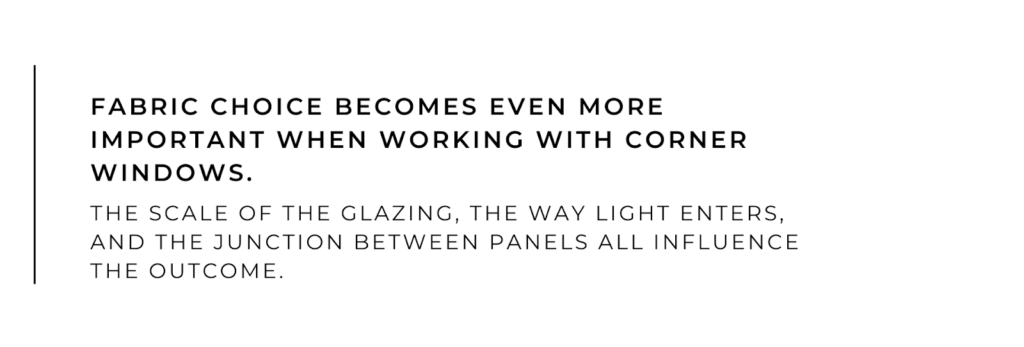
Heading Styles That Enhance Corners
The heading style determines how the fabric falls and how it interacts with the track system.
- S-Fold/Wave Fold: Ideal for continuous curtains across corners, as the uniform wave flows smoothly around bends.
- Pinch Pleat: Creates structure and fullness, giving formality to living rooms or dining areas. Works best when tracks are straight with corner joins rather than bent.
- Pencil Pleat: Softer and more casual, pencil pleats are versatile for smaller corner installations.
Headings must be chosen with both the architectural style and the practicalities of track design in mind.
Designing for Light and Privacy
Corner windows often capture expansive views, but they also increase the risk of glare and privacy intrusion. Solutions should balance openness with control.
- Layered Treatments: A sheer layer for daytime use combined with a blockout for night achieves flexibility.
- Directional Control: Depending on the orientation, one side may require heavier coverage while the other can be lighter.
- Transitional Fabrics: Dim-out fabrics provide a middle ground between sheer and blockout, ideal for living spaces where you want soft light but not full exposure.
Structural and Ceiling Considerations
Every corner window installation depends on the strength and suitability of the surrounding structure. Plasterboard ceilings may not support the weight of long, heavy curtains on their own. In these cases, fixing into ceiling joists or adding timber supports behind the plaster ensures long-term stability. Concrete ceilings, on the other hand, require specialist drill bits and fixings designed to handle both weight and vibration.
When a clean look is desired, bulkheads or pelmets can be built into the ceiling design before installation. These provide concealed fixing points and allow recessed tracks to sit flush with the ceiling line. In commercial projects or tall residential voids, planning with the builder early ensures that ceiling recesses or hidden supports are in place before the tracks are installed.
Accounting for these structural and ceiling considerations avoids common issues such as sagging tracks, visible fixings, or compromised safety. The goal is always a secure installation that looks seamless and supports the scale of the fabric.
Installation Tips for a Seamless Finish
Corner window installations require precision and experience. Small mistakes in measurement or fixing can be magnified by the geometry.
- Measure Both Sides: Ensure equal drops across both panes. Even minor differences become noticeable in corners.
- Plan for Stack Space: Large panels need enough room to gather without blocking views or doors.
- Reinforce Fixings: Long tracks spanning heavy fabrics require secure fixing points, particularly where two tracks meet at an angle.
- Coordinate with Other Trades: For recessed tracks, work with builders early to ensure ceiling preparation aligns with curtain requirements.
Coordinating Fabrics Across Multiple Corners
In homes or commercial spaces with more than one corner window, consistency is key. Using the same fabric across all corners creates unity, while varying the heading or lining allows each window to respond to its specific function. For example, a living room and dining corner may share the same sheer fabric, but the living room may require an additional blockout lining while the dining space does not.
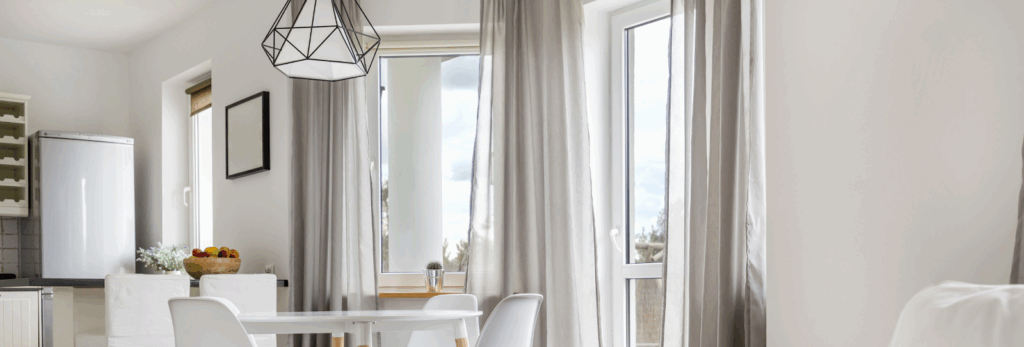
Partner With MAC Window Fashions For Australian Made Curtains and Custom Curtain Track Systems
Corner windows demand precision, experience, and the right products. At MAC Window Fashions, we supply Australian-made custom curtains, made-to-measure curtain tracks, and hardware that are custom designed for complex installations, including corner glazing.
We work with architects, interior designers, and curtain installers to deliver solutions that look as good as they perform. Our offer includes:
- Custom tracks for straight, curved, angled, and recessed corners.
- Access to premium fabrics from Warwick, James Dunlop, Mokum, Hoad, Basford Brands, and Zepel.
- Free fabric samples delivered nationwide.
- Expert advice on technical specifications and installation planning.
- Nationwide delivery for projects of any scale.
By partnering with MAC, you can be confident that every detail, from track alignment to fabric selection, has been considered. Our solutions ensure your corner window projects achieve a flawless finish and lasting performance. Explore our full curtain fabric range, request fabric samples, find out more about our curtains, or become a retail partner today.


